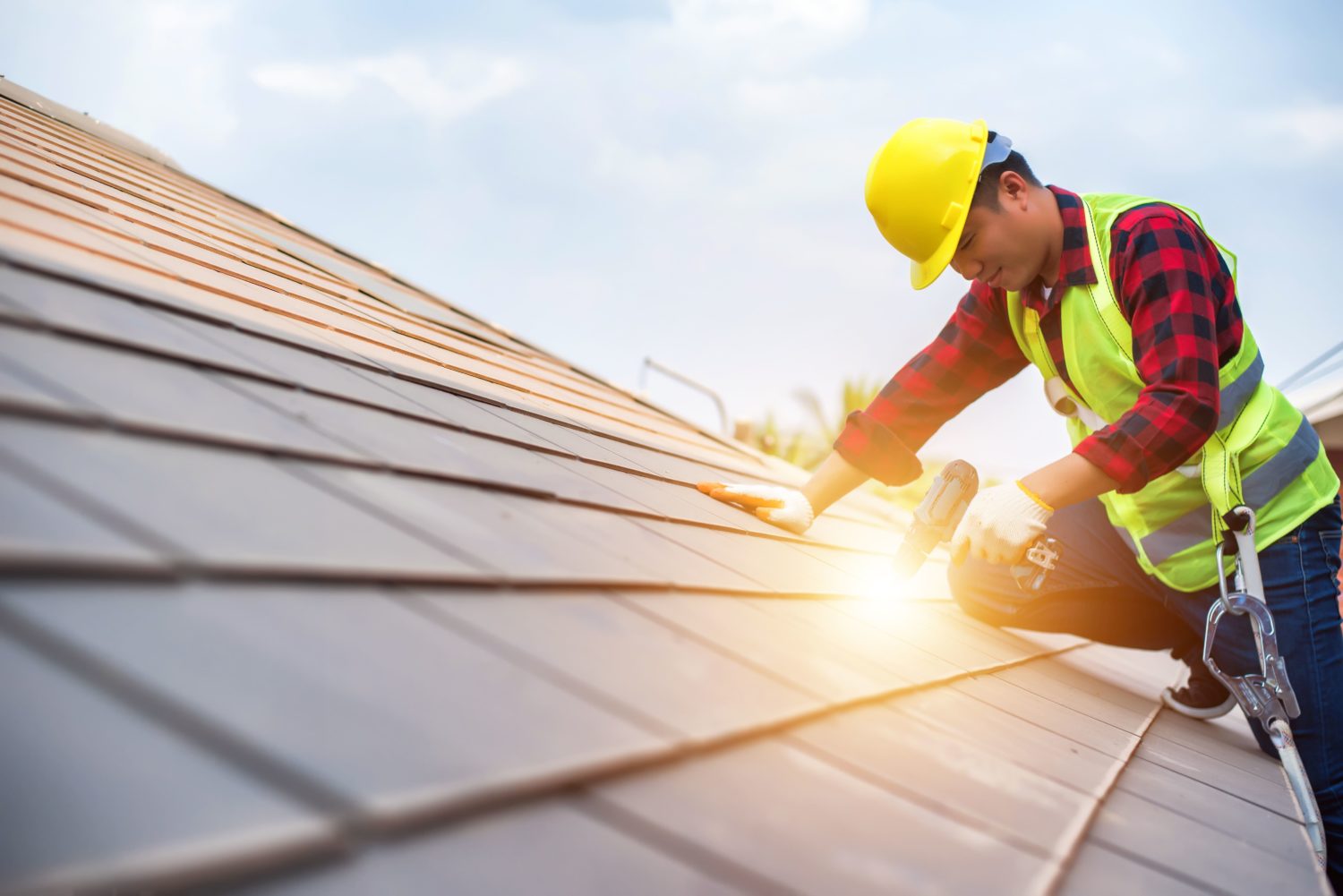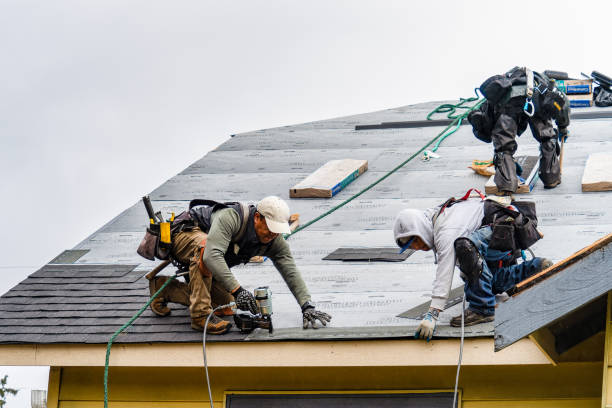Flat Roof Installation in Cuyahoga Falls: Expert Service for Your Property
A Comprehensive Overview to Effective Roof Apartment Roof Installation
The complexities of flat roof setup need a precise approach, beginning with a thorough understanding of different level roof kinds and the necessary materials needed for optimum performance. An effective installation pivots not just on the choice of products but additionally on the prep work and execution of each step entailed in the procedure.
Comprehending Apartment Roof Kind
When considering flat roofings, it is necessary to understand the various types readily available, as each deals distinctive benefits and negative aspects tailored to specific needs. One of the most common sorts of flat roofing systems include Built-Up Roof (BUR), Customized Bitumen, and Single-Ply membranes.
Built-Up Roof covering consists of numerous layers of asphalt and gravel, offering excellent longevity and weather condition resistance. It is specifically helpful in locations susceptible to extreme climate condition but might need more upkeep because of its intricate building.
Changed Asphalt is a popular choice for its simplicity of installation and versatility. It typically utilizes a self-adhesive or torch-applied approach, which can be helpful for quick repairs and lasting performance. Nonetheless, its life-span can be shorter contrasted to BUR.
Single-Ply membrane layers, including Thermoplastic Olefin (TPO) and Ethylene Propylene Diene Monomer (EPDM), are recognized for their light-weight nature and power efficiency. These products are typically chosen for business buildings as a result of their cost-effectiveness and ease of installment (Cleveland Roofing Specialists). They may not provide the exact same level of insulation as various other alternatives.
Each roofing kind requires mindful consideration based on environment, budget plan, and specific job needs.
Important Products for Flat Roof
A range of crucial materials are critical for the effective setup of level roofing systems. The selection of materials straight influences resilience, efficiency, and total effectiveness.
One of the primary products is the roof covering membrane, which can be constructed from various compounds such as thermoplastic polyolefin (TPO), ethylene propylene diene monomer (EPDM), or PVC. Each kind uses unique benefits, consisting of UV resistance and versatility, which are crucial for prolonged performance.
In addition to the membrane layer, insulation products play a significant role in energy efficiency. Inflexible foam boards or polyisocyanurate insulation are popular choices, as they provide excellent thermal resistance and dampness management.
In addition, roof covering adhesives and sealers are vital for making certain a water tight installment. These products should work with the chosen membrane layer to protect against damage with time.
Planning For Setup
Proper preparation is essential for a successful level roofing system installation, as it lays the foundation for a resilient and reliable roof system. Begin by conducting a complete inspection of the existing roof covering structure.
Next, gather all needed tools and materials, making certain that they meet market standards. This consists of water-proof membrane layers, insulation, flashing, and bolts. Familiarize yourself with the maker's requirements, as adherence to these standards is important for service warranty purposes.
Consider climate problems; avoid installment throughout heavy rain or severe temperature levels, which can impact material efficiency. By taking these preparatory actions, you can improve the possibility of a successful flat roofing system installation that satisfies both aesthetic and structural demands.
Step-by-Step Installation Refine
With the foundation established with detailed preparation, the next phase entails executing the level roofing system installment methodically. This action is crucial for preserving the roofing's honesty over time.
Following the vapor barrier setup, put down insulation boards, guaranteeing they fit snugly together to minimize thermal bridging. Safeguard the insulation with suitable bolts based upon the roof covering kind and local building ordinance. As soon as the insulation remains in place, it's time to apply the roof membrane. Depending upon the selected material-- such as TPO, EPDM, or customized bitumen-- install the membrane according to the manufacturer's specifications.
Make sure appropriate overlap at sides and joints to produce a watertight seal. Utilize adhesives, mechanical bolts, or warmth welding as needed. Finally, install blinking around boundaries, vents, and any type of roofing system penetrations to enhance waterproofing. After setup, conduct a comprehensive inspection to determine any type of prospective site issues prior to wrapping up the project, making certain a dependable and durable flat roof system.
Maintenance Tips for Durability
Normal maintenance is necessary to guarantee the durability and efficiency of a flat roofing system. Among the key jobs is to conduct routine assessments a minimum of two times a year, preferably in springtime and loss. Throughout these evaluations, try to find indicators of wear, such as sores, cracks, or pooling water, which can indicate underlying problems.

Ensuring appropriate water drainage is essential to stop water buildup. Examine and clear rain gutters, downspouts, and scuppers to ensure unblocked water circulation. Furthermore, evaluate seals around vents, skylights, and various other infiltrations for any kind of indicators of damage, using caulk or sealant as required to maintain a water tight barrier.
Finally, take into consideration specialist maintenance solutions every few years for detailed maintenances. By adhering to these upkeep pointers, you can significantly extend the life of your level roof, ensuring it remains a reputable guard versus the elements.
Conclusion
Effective flat roof installment requires a systematic approach encompassing complete inspections, material choice, and precise prep work. Sticking to the Source described steps throughout the setup procedure makes sure the correct application of roof covering membrane layers and insulation while boosting waterproofing through effective blinking installment. Additionally, executing routine maintenance techniques considerably adds to the long life of the roofing system. By following these guidelines, a sturdy and trusted flat roofing solution can be achieved, with the ability of enduring numerous environmental conditions.
The complexities of flat roof installment need a meticulous technique, starting with a comprehensive understanding of different level roofing system kinds and the necessary products needed for optimum efficiency.Correct prep work is important for a successful flat roof covering installation, as it lays the foundation for a resilient and reliable roofing system. After installation, carry out a comprehensive examination to identify any type of possible problems before wrapping up the task, making sure a reliable and durable flat roof covering system.
